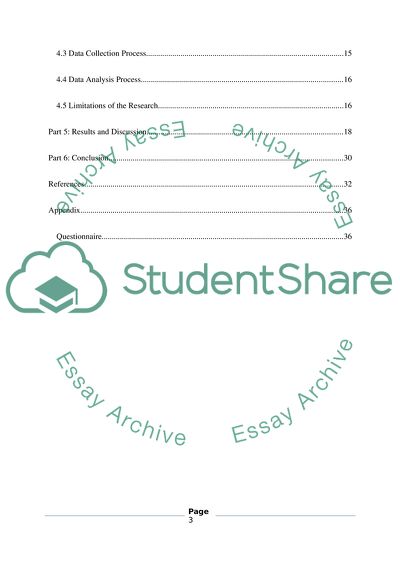Cite this document
(Cultural Tourism in Newcastle UK as a Part of Urban Tourism Research Paper, n.d.)
Cultural Tourism in Newcastle UK as a Part of Urban Tourism Research Paper. https://studentshare.org/tourism/1846937-cultural-tourism-in-newcastle-uk-as-a-part-of-urban-tourism-sequel
Cultural Tourism in Newcastle UK as a Part of Urban Tourism Research Paper. https://studentshare.org/tourism/1846937-cultural-tourism-in-newcastle-uk-as-a-part-of-urban-tourism-sequel
(Cultural Tourism in Newcastle UK As a Part of Urban Tourism Research Paper)
Cultural Tourism in Newcastle UK As a Part of Urban Tourism Research Paper. https://studentshare.org/tourism/1846937-cultural-tourism-in-newcastle-uk-as-a-part-of-urban-tourism-sequel.
Cultural Tourism in Newcastle UK As a Part of Urban Tourism Research Paper. https://studentshare.org/tourism/1846937-cultural-tourism-in-newcastle-uk-as-a-part-of-urban-tourism-sequel.
“Cultural Tourism in Newcastle UK As a Part of Urban Tourism Research Paper”. https://studentshare.org/tourism/1846937-cultural-tourism-in-newcastle-uk-as-a-part-of-urban-tourism-sequel.


